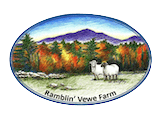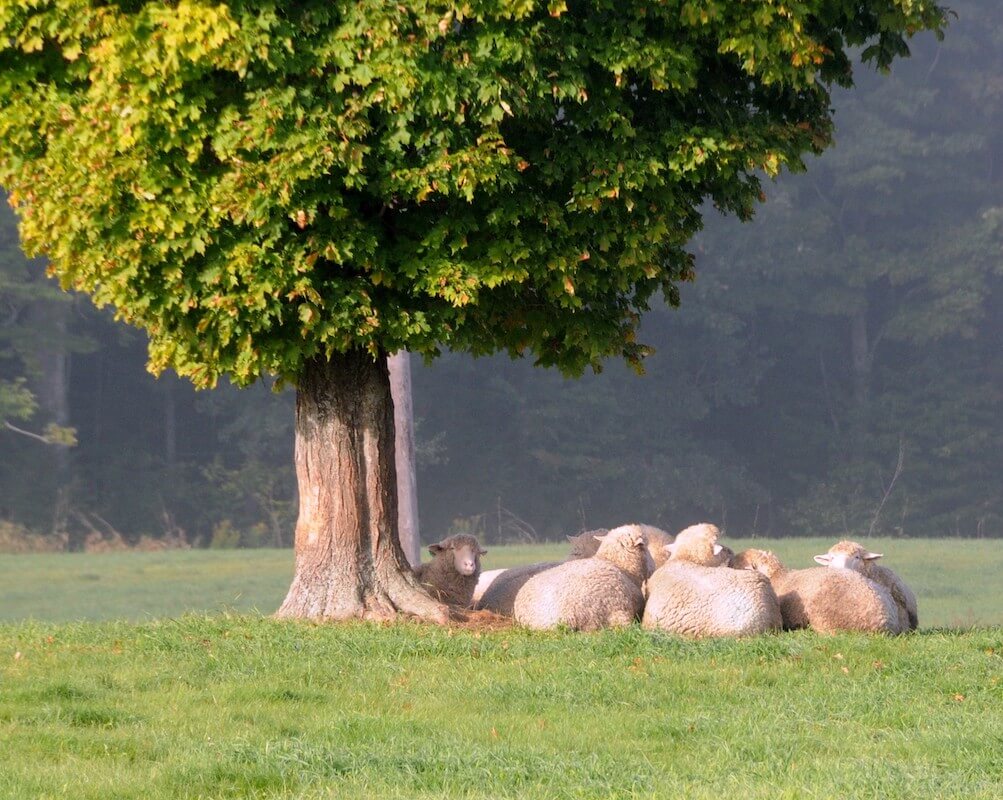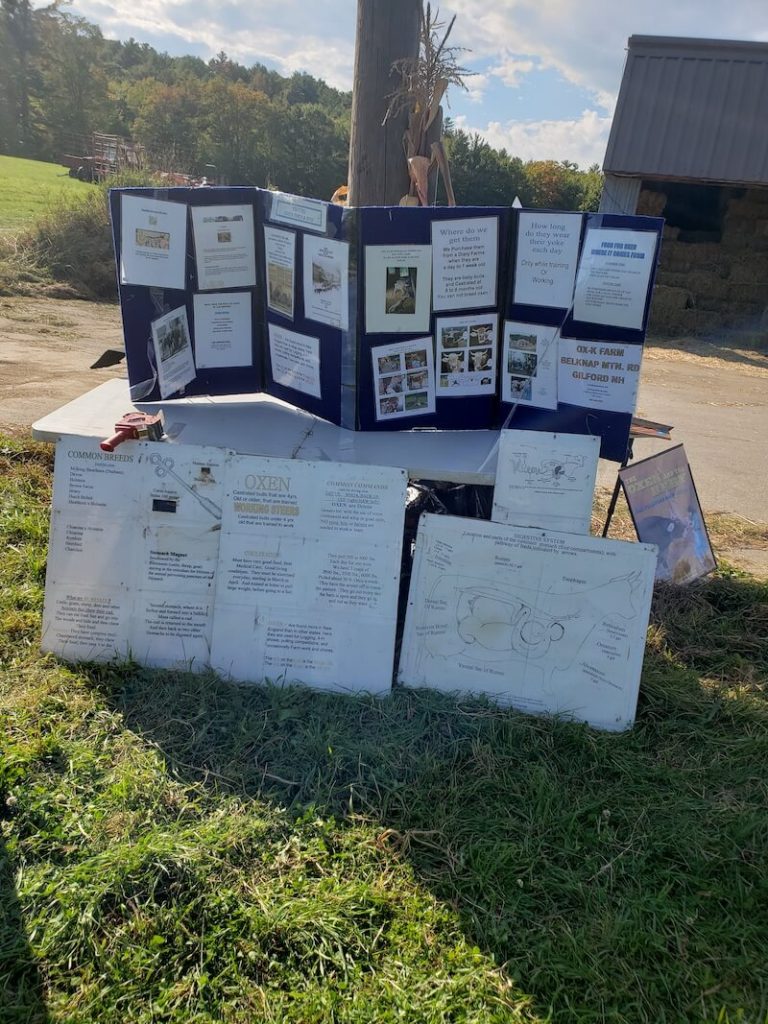- Office 603.524.2217
- Cell 603.581.5416
- 637 Morrill St, Gilford, NH 03249
Ramblin’ Vewe Farm Recreation Area
The forest habitat found at Ramblin’ Vewe Farm is known as a semi-rich mesic forest (a habitat with a moderate or well-balanced supply of moisture). This forest provides an abundance of seeds and nuts to support various birds including grosbeaks, finches, ruffed grouse, sparrows and wild turkeys and herbivorous mammals including squirrels, chipmunks, voles, mice, and porcupine. Large herbivores occurring in these woods include white-tailed deer and the occasional moose.
The development of a thick mat of leaf litter material on the forest floor supports a diverse community of litter invertebrates. This litter invertebrate community provides food to insectivorous birds including robins, thrushes and woodcock; other insectivores include shrews, moles, snakes, and frogs.
Top predators in this habitat include red fox, coyote, bobcat, fisher, owls, and hawks. Black bear are large omnivorous mammals that also are found in this area occasionally.
Wetland and pond habitats within these woods support amphibians including salamanders and frogs as well as the aquatic-foraging birds and mammals that prey on them such as the belted kingfisher, water shrew and mink.


